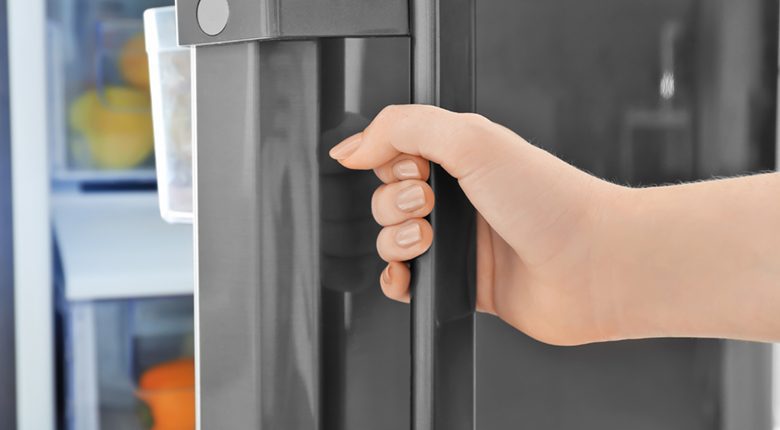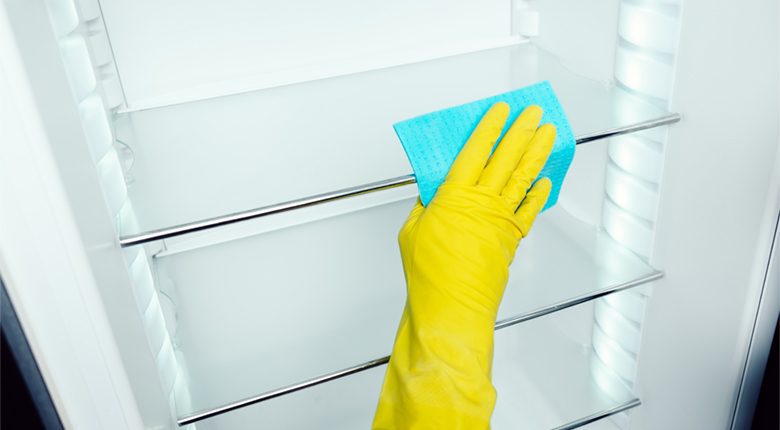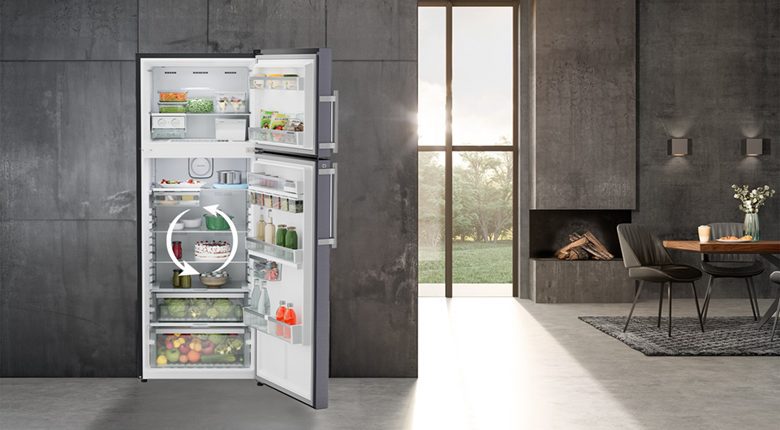The Summer Challenge on a Fridge
The summer season is very challenging especially for household appliances like our refrigerators. When the temperature increases, the fridges work harder to maintain a consistent temperature inside, leading to high energy usage and also affecting the appliance’s lifespan.
If you want your fridge to be running smoothly throughout the summers, it is important to understand summer’s impact on the fridge and how to manage it.
Why Does the Fridge Work Harder in Summer?
Increased External Temperature
During the summers, the outside temperature is significantly higher, which means the fridge has to work against more heat to keep a balanced temperature. This makes the compressor run more frequently which consumes more energy and puts more load on the fridge. This increased workload is important to maintain a stable internal temperature but it also increases the risk of the refrigerator breaking down.
Frequent Door Openings
In summers, people open their fridge more often, in order to grab a cold drink, store their leftovers, or to find something refreshing to eat. Every time the door is opened, warm air enters the fridge, causing it to work much harder to restore the set temperature. Because of this frequent exchange of air, the compressor is forced to cycle on more frequently, which increases the energy consumption.

Overloading the Fridge
People often store more groceries in their fridge than they need, in order to reduce their visits to the supermarkets in the heat, which leads to an overloaded fridge. They think that this is convenient for them but overloading the fridge often blocks air vents and affects proper air flow and circulation. This makes the cooling system work harder to maintain a stable temperature which increases the energy usage and affects the fridge’s efficiency.
Signs a Fridge Is Overworking
It is important to recognize the signs of an overworking fridge as that helps you take action before it leads to costly repairs. You need to look out for the following:
- Constant humming or unusual noises from the compressor.
- Uneven cooling where some sections are warmer than others.
- Frost build-up in the freezer compartment.
- Higher electricity bills compared to other seasons.
These signs suggest that the fridge is working much harder than it should probably due to high outside temperature, frequent door openings or poor ventilation. Identifying these signals early can help you take preventive measures and avoid costly repairs.
Tips to Keep a Fridge Running Smoothly During Summer
Optimal Temperature Settings
Setting the right temperature helps in efficient cooling without putting extra load on the compressor. Keep the refrigerator at about 3°C and the freezer at -19°C. These settings ensure proper cooling while optimizing energy usage.
Ensure Proper Airflow
Organize the fridge to allow a proper air circulation. Don’t block the air vents with anything as this affects the cooling pattern and forces the fridge to work harder. It is important to maintain a good airflow to ensure that even cooling throughout the fridge.
Check Door Seals
Damaged door seals let cool air escape which makes the fridge work harder to maintain the set temperature. Keep a check on the seals regularly for cracks or gaps that might be letting cool air escape. A simple hack to check this is to keep a piece of paper between the door and the fridge. If the paper slides out easily, the seal might be faulty and in need of replacement.
Regular Cleaning
When there is dust and dirt accumulated on the condenser coils, it reduces the fridge’s energy efficiency. You should clean the coils at least twice a year in order to maintain an optimal performance. This improves cooling efficiency while also reducing the energy consumption.

Fridge Placement
It is important to keep the fridge away from direct sunlight, ovens or any other heat sources. Placing it in a cooler part of the kitchen helps maintain the desired temperature more efficiently, which reduces the energy consumption.
How Liebherr Appliances Handle the Summer Heat
Liebherr fridges are designed to handle the challenges of the summer season with advanced technology and innovative features. For instance, DuoCooling ensures precise temperature control by maintaining two separate cooling circuits for the fridge and freezer compartments, preventing temperature fluctuations. The SuperCool feature lowers the fridge temperature down to 1°C for up to 12 hours. This feature plays a major role in rapidly cooling the stored food.
The SuperFrost feature reduces the temperature of the freezer down to -25°C and helps freeze the store items quicker. After a maximum of 65 hours, it switches it back to normal set temperature.
Moreover, Liebherr’s energy-efficient technology helps reduce electricity consumption even during peak summer temperatures, ensuring consistent cooling while keeping electricity bills in check. To explore more about Liebherr’s innovative solutions designed to perform under any weather conditions, visit our range of refrigerators.

Conclusion: Keep Your Fridge and Your Summer Cool
By understanding why your refrigerator works harder in the summer and by following these practical tips, you can keep it running smoothly and efficiently throughout the season. Regular maintenance, fridge placement and mindful usage can significantly reduce the energy consumption and increase the fridge’s overall lifespan. And if you’re looking to upgrade, consider a Liebherr refrigerator for its advanced features and energy-efficient design, ensuring a cool and comfortable summer at home.